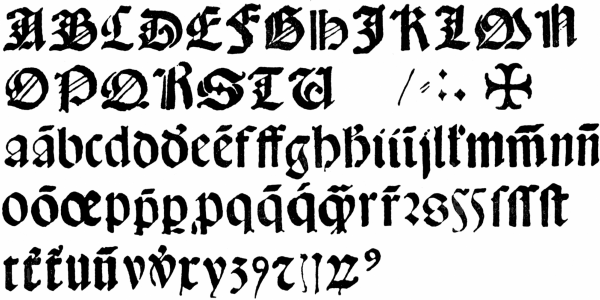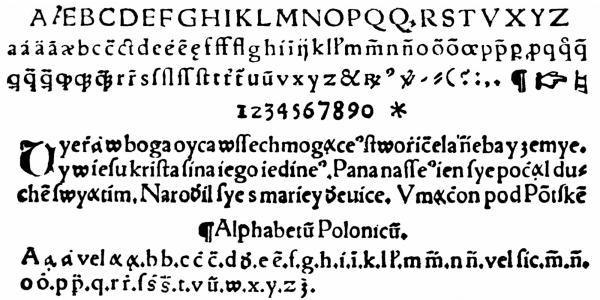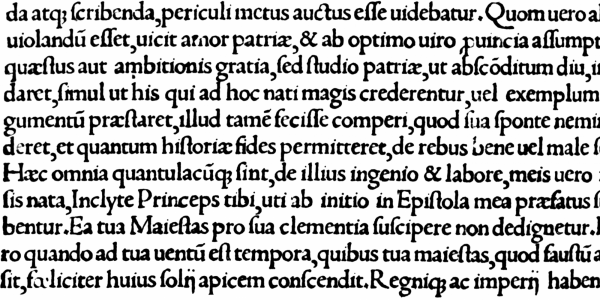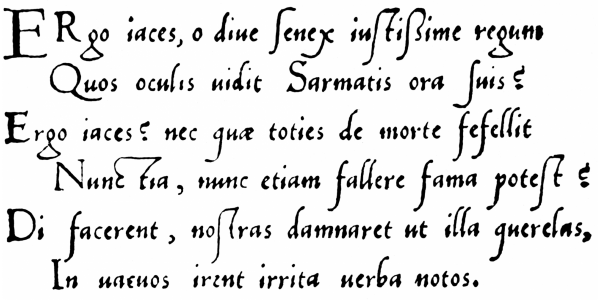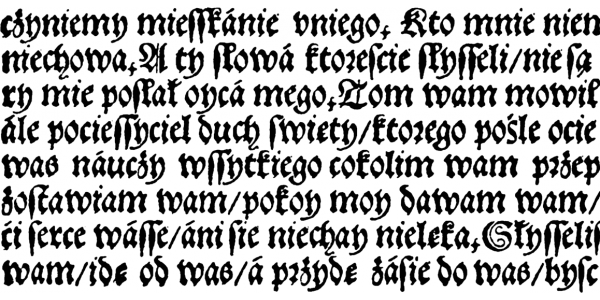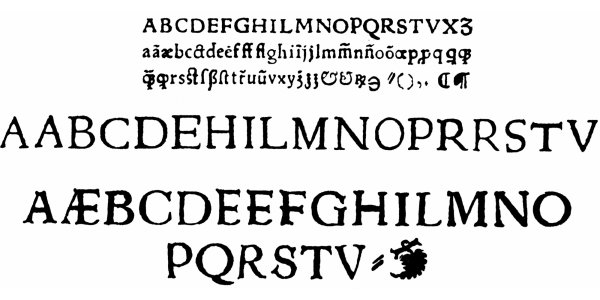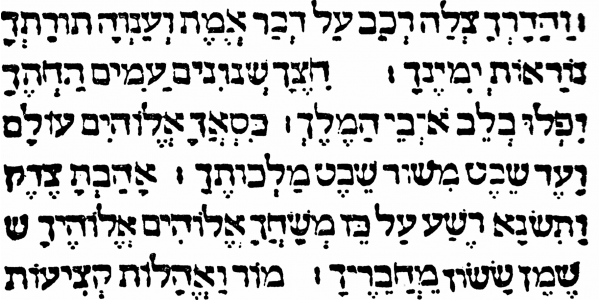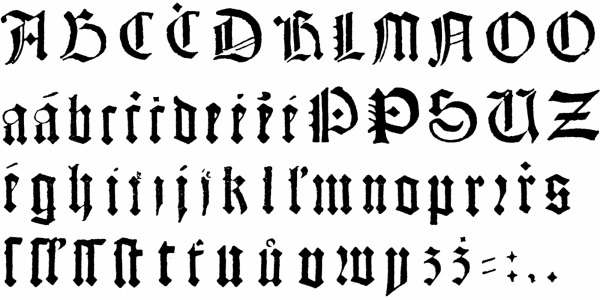Early classical printing (1501–1550)
In the 16th century, the printing industry was systematically departing from the imitation of the form of medieval manuscripts. Woodcut initials and illustrations printed simultaneously with the typeset text was used often.
The most important printing and publishing center was Kraków (Haller, Ungler, Wietor, Szarfenbergs and others). However, the printing was done throughout the Kingdom and Lithuania. Apart from Polish-Latin printing houses, Cyrillic and Hebrew publishing houses were also created. Typographers, just like in the times of incunabula, cast the types on their own, but specialized typefaces were also created by foundries supporting printers both nearby and further away. Polish orthography and letter shapes were developed. In determining the form of the Polish alphabet, works unambiguously related to the printing practice and casting of types play a decisive role. Significant changes in the drawing of letters and diacritical marks representing the sound of vowels and consonants were made throughout the 16th century by printers, mainly from Kraków, Wrocław and Königsberg, basing on the published treatises (by Zaborowski and Murzynowski). They used them in the texts of their own works, and the simple fact of duplicating them made the patterns become an accepted standard.

